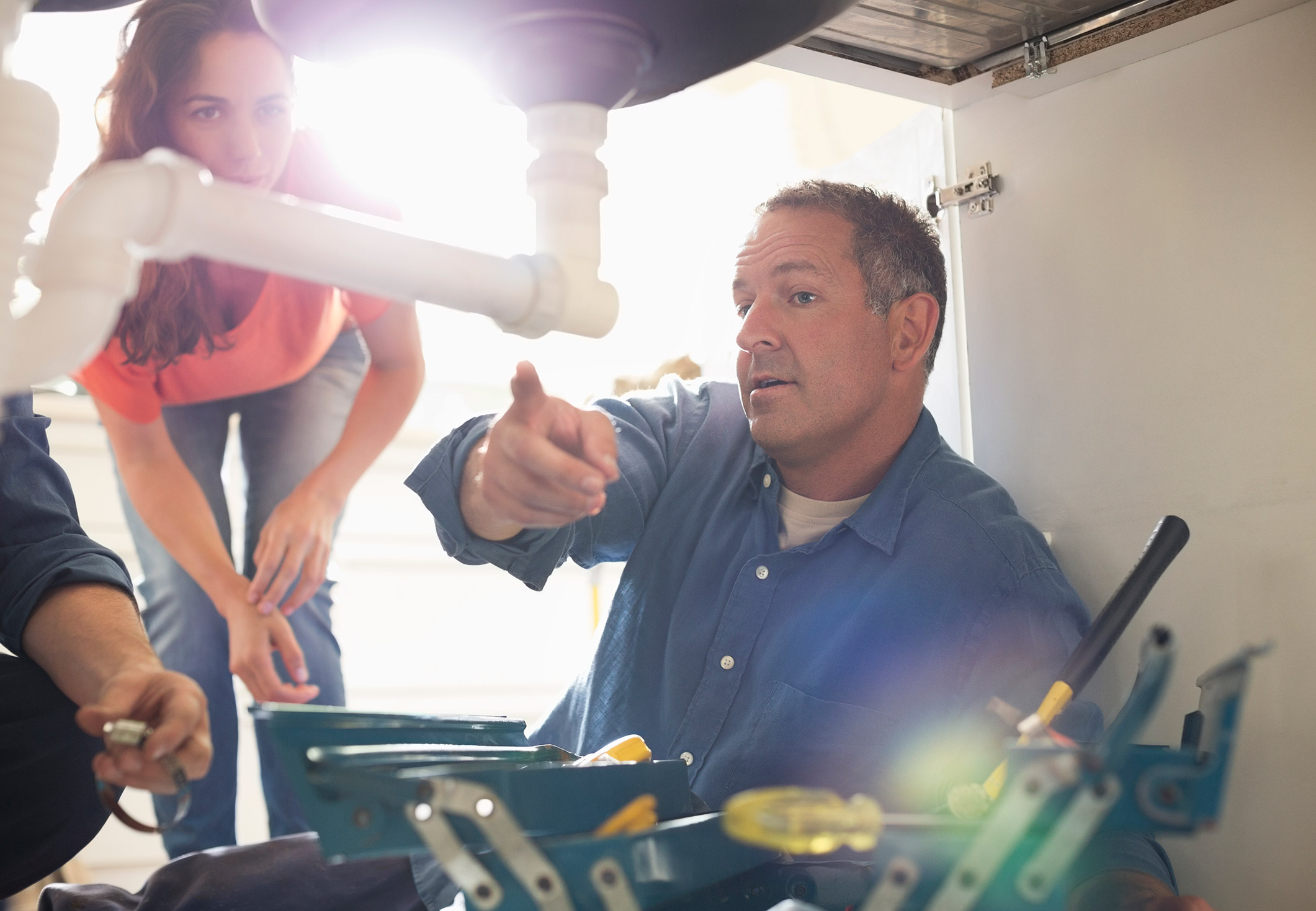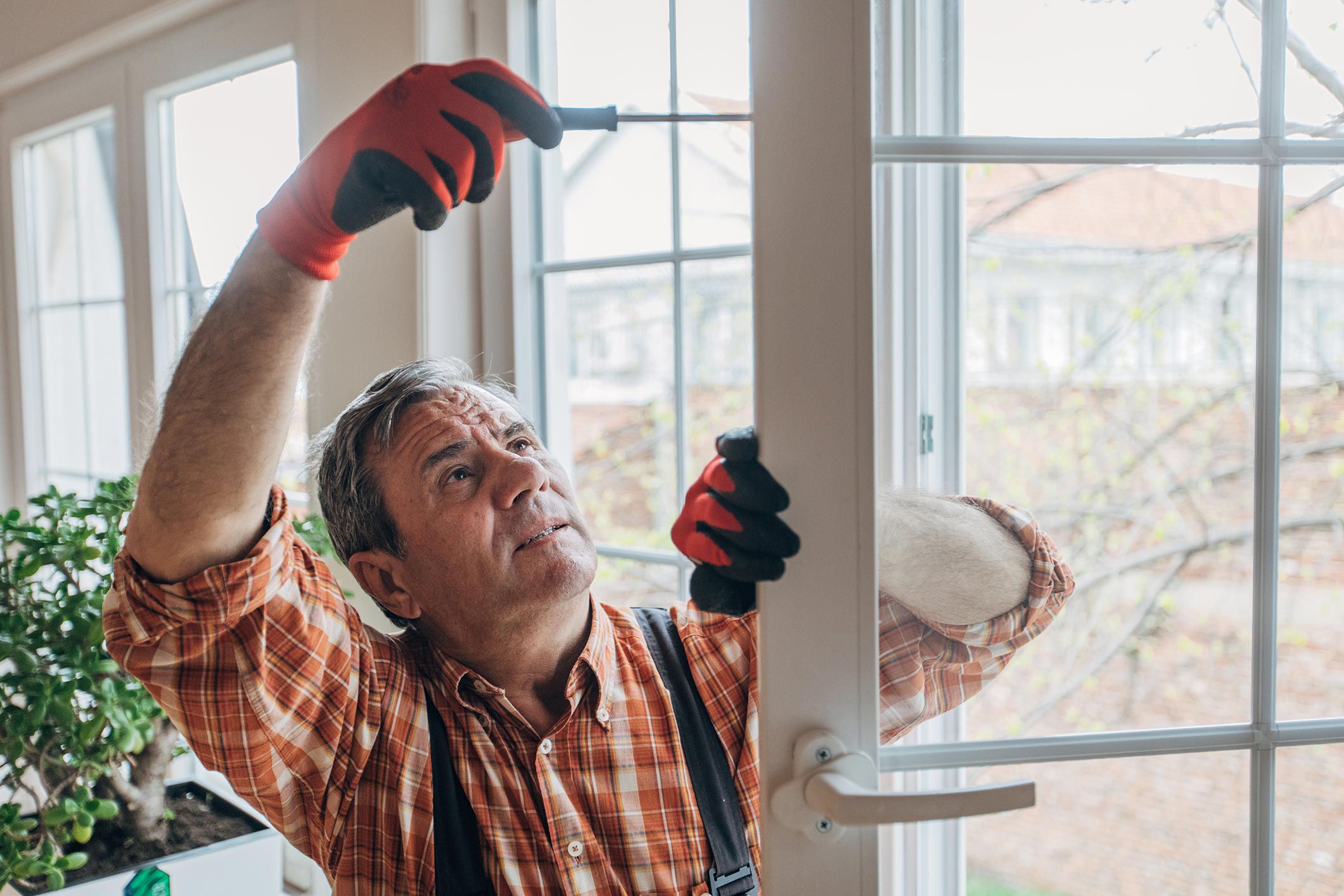How to Build Your Maintenance and Repair Budget
Unexpected home repairs can be expensive. That’s why it’s important to create a maintenance budget to help minimize your chances of going into debt due to repairs. And, having money set aside can make it easier to stay on top of regular fixes, helping you avoid costlier repairs down the road. Here are a few clear steps you can take to put away funds when it is doable.

Whether you’re a new homeowner or settled into your home, it’s never too late (or too early) to start putting away a little money for maintenance.
Saving a little here and there on a regular basis will have two benefits: It will 1) ease the burden of unexpected repairs or replacements and 2) allow for planned home upgrades and projects down the road.
Homeowner tip
Good household money management starts when you buy a home — whenever possible, try to build and maintain a reserve of cash on hand to help manage unexpected costs while keeping the rest of your budget stable.
The rule of thumb is to budget 1% to 4% of your home’s value per year for maintenance costs, including repairs and replacements.
For example, if you have a new home and it is valued at $350,000, your savings goal could be $3,500 per year — or 1% of its value.
Because newer homes tend to have lower average maintenance costs, 1% should be enough. On the other hand, if your home is more than 30 years old, it may be beneficial to lean toward a 4% savings goal.
For example, if your 30+-year-old home is valued at $350,000, your savings goal could be $14,000 per year — or 4% of its value.
We know it can sometimes be hard to save, so even putting a little aside when possible helps!
Homeowner tip
Track your spending throughout the year on regular maintenance tasks, such as landscaping, fixing leaks, painting, refinishing floors, etc. This will also give you an idea of how much to set aside each year.
How to use your home maintenance fund
Beyond repairs and replacements, here are a few basic tasks and unexpected events that your home maintenance fund could be used to address.
Homeowner tip
If you can, consider keeping one savings fund for maintenance costs and another for emergencies. That way, you can save your emergency fund for things unrelated to the home — such as a job loss, medical emergency, major car repair, etc.






